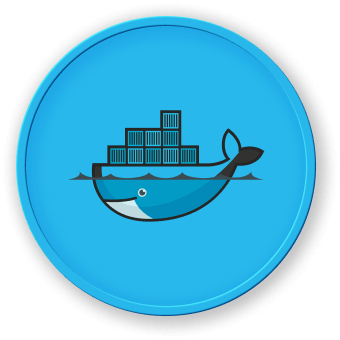Strategies for Effective Docker Resource Pruning
Effectively pruning your Docker resources requires a strategic approach. Here are some key strategies to consider:
Manual Pruning
The most basic way to prune Docker resources is to use the built-in docker system prune command. This command will remove all unused images, containers, volumes, and networks. You can run this command periodically to keep your Docker environment clean.
docker system prune
You can also use the --filter option to selectively prune specific resource types, such as:
docker system prune --filter "type=volume"
docker system prune --filter "type=network"
Automated Pruning
To automate the pruning process, you can create a cron job or a systemd service that runs the docker system prune command on a regular schedule. This will ensure that your Docker resources are consistently cleaned up without manual intervention.
Here's an example of a systemd service that runs the docker system prune command daily:
[Unit]
Description=Docker Resource Pruning
After=docker.service
Requires=docker.service
[Service]
Type=oneshot
ExecStart=/usr/bin/docker system prune -a --force --filter "until=24h"
[Install]
WantedBy=multi-user.target
Image Lifecycle Management
To better manage your Docker images, you can implement an image lifecycle management strategy. This involves:
- Tagging Images: Consistently tag your Docker images with meaningful names and versions to help identify and manage them.
- Pruning Old Images: Periodically remove old, unused images from your system to free up disk space.
- Automated Builds: Set up automated builds to ensure that your images are up-to-date and consistent, reducing the need for manual image management.
By implementing an effective image lifecycle management strategy, you can keep your Docker environment clean and efficient.
Volume Cleanup
Docker volumes can accumulate over time, especially if you're not actively managing them. To clean up unused volumes, you can use the docker volume prune command:
docker volume prune
You can also use the --filter option to selectively prune volumes based on certain criteria, such as the volume's creation date.
Network Cleanup
Similar to volumes, Docker networks can also accumulate over time. To clean up unused networks, you can use the docker network prune command:
docker network prune
This will remove all networks that are not being used by any containers.
By implementing these strategies, you can effectively prune and manage your Docker resources, ensuring a clean and efficient Docker environment.




